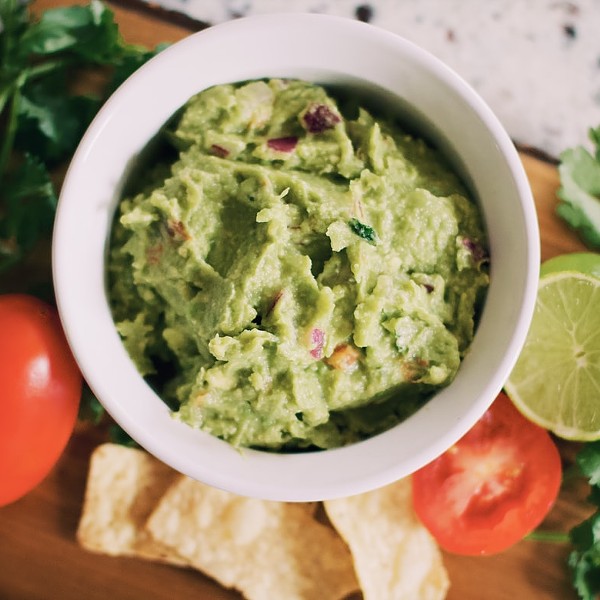Meeting our needs for sunshine and movement can be trickier when the air is sharp. If you have established healthy activity habits, don’t abandon them due to the weather. Adapt your routine. Wilson says, “Whether due to cold weather or concern about injury, so many of us stop walking from November to April. A great way to stay connected to your fitness goals is with a DVD or exercise routine in the home. Walking DVDs are geared from one- to three-mile increments, and there’s no need to be concerned about traffic. It is an inexpensive way to stay active.”
The Loneliness Factor
So the question becomes: How do we get the energy we need when “energy” is not just a matter of calories? Energy also means our vital force. That can be harder for some of us to connect with in the winter. It’s a season of solitude. Shelowitz says, “Winter can be lonely. That’s a big piece. We are lonely and want comforting foods. In addition, people can lean toward depression in the winter, and eating more can be a way to try to get out of it.”
Succumbing to those starchy cravings doesn’t help loneliness or depression in the long run. Shelowitz has a better idea: Cook with friends. Prepare meals as a group activity. It’s fun and nurturing in ways other than just providing nutrients. It quenches the isolation many of us succumb to on frigid days and long, dark nights.
Caving to cravings the healthy way
If you can’t subdue the need for a feel-good food, acknowledge that the craving is telling you something. It’s your body’s way of shouting “I have a need!” But you can work with your cravings. What if you have a hankering for warm French bread with butter to satisfy a carb craving, for instance? Shelowitz encourages her clients to meet their desire for bread with more whole grains in their diets. She says, “Pair whole grains like quinoa and kasha with healthy fats such as butter or coconut oil, so that you can meet your body’s needs for those foods in healthy ways.”
And what if you have gotten your daily dose of sunshine, joyful movement, and friends, and still want something sweet and starchy? Healthy desserts are not an oxymoron. You can make desserts that are actually nourishing to your body and soul. Start with some seasonal sweet source. Apples and pears are great staple fruits for the winter. Shelowitz suggests, “Bake apples, pears, and yams in a casserole dish with butter and cinnamon, and sweetened with maple syrup. It’s local, delicious, and the house smells beautiful. The nourishing, warming, comforting needs are being met (with the aromas) before we’ve even taken a bite of the food.” Warm compotes of dried plums, figs, apricots, and spicy cinnamon-ginger applesauce can nurse your sweet craving ’til summer, too. So, go ahead, eat a healthy dessert. No, not every day, but when you really want it.
The Color of Chlorophyll
Are the colorful falling leaves pressed between the pages of your cookbooks the only multihued things that make it to your kitchen? Green is not just the color of money. It’s the color of chlorophyll—the lifeblood of all flora. Dark leafy greens like kale, collards, broccoli, swiss chard, and spinach are perfect when steamed, sauteed in omelets, and tossed in soups. Shelowitz says, “In the wintertime, we are missing the color green from the landscape. Green brings sunshine into your body, it’s cleansing; and greens are rich in chlorophyll and high in minerals.” Wilson agrees. “You want to make sure it’s not a white-and-brown diet during the winter. Add a big side of steamed green beans to your meal.”
For the artist in us all, it is fun to use color to help us achieve nutritional balance. Ensure that a rainbow of color is represented each time you sit in front of a plate of food. Browns, tans, and whites only count if they mean mushrooms and cauliflower. If your staple dinner is macaroni and cheese (artificial coloring does not count either), you might start by adding one color to each meal. Broccoli mac and cheese is ever so yummy. By adding a good helping of this colorful, vitamin- and fiber-rich vegetable, you will need less of other foods to fill you up. Other great color foods are steamed carrots, purple cabbage, and beets.
















